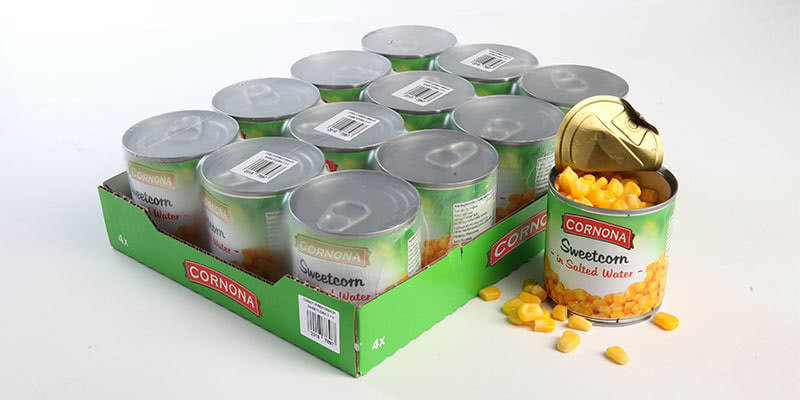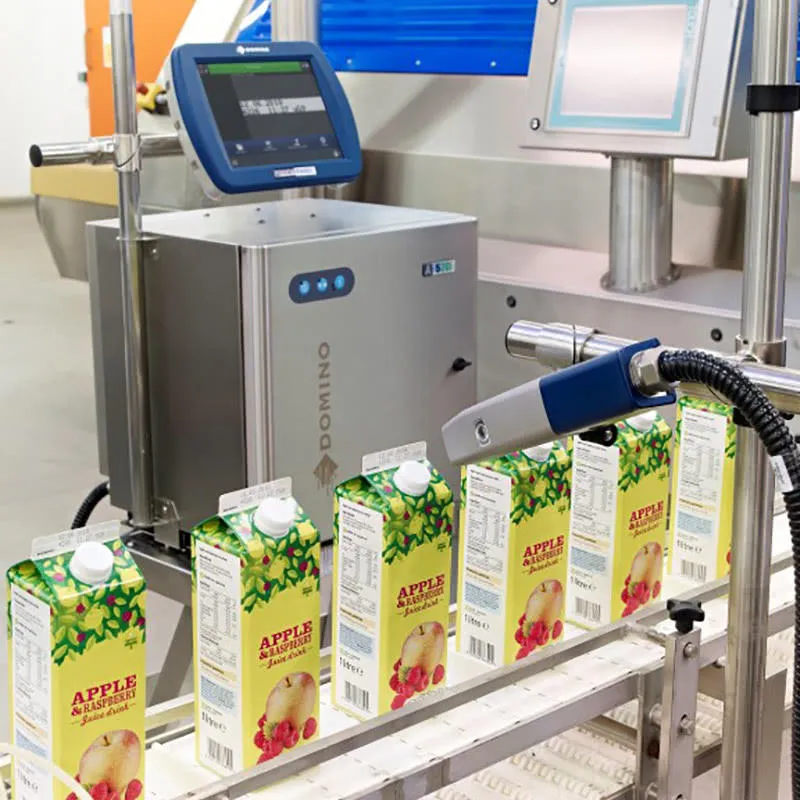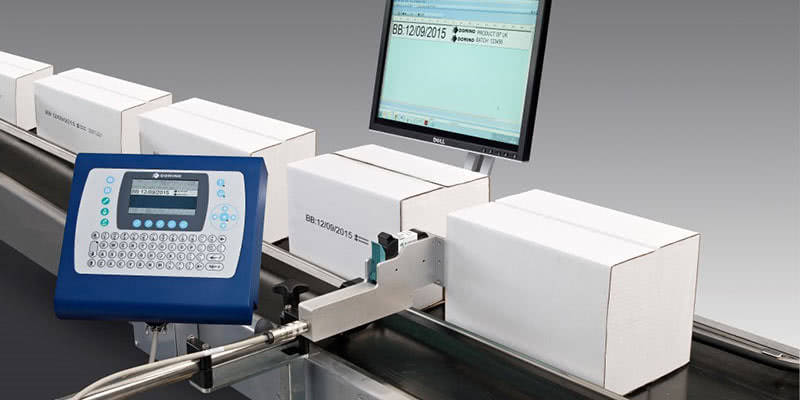What is primary packaging?
Primary packaging is the packaging that actually houses your product; the last line of defence between your product and the outside world. Some examples: a crisp packet, a wine bottle, a can, a chocolate bar wrapper. Sometimes primary packaging will be fully removed (e.g. sandwich packaging), other times it remains intact (e.g. a wine bottle). But in the FMCG world, it’s almost always there.
What is secondary and tertiary packaging?
The next level of packaging is called secondary packaging. That could be the large multipack bag containing individual packets of crisps, the shrink wrap that holds together multiple drinks cartons, or the cardboard box that contains cans of lager.
Tertiary packaging is third level of packaging, rarely seen by the customer except in low cost retail outlets. It relates to the shrink-wrapped pallets used to transport products in bulk from manufacturers to the retailer usually via distribution centres.

Let’s go back to the wine example. The wine itself goes into bottles (primary packaging). A number of bottles go into a carton (secondary packaging) and these cartons are then in turn loaded onto a pallet and shrink-wrapped for distribution (tertiary packaging).
Why coding matters
In order to track products through the supply chain, each level of packaging (and sometimes even the very product itself, for example in the case of eggs) must carry a code that identifies the product and reveals information about its origins and authenticity. This normally takes the form of a linear barcode, but could also be a more modern machine-readable code such as a 2D data matrix or QR code.
There’s a diverse range of coding technology available
There’s no one-size-fits-all technology that can code appropriately onto every single type of packaging – despite what certain suppliers may insist. Different coding technology is suited to different types of substrate and packaging environment. For example, laser printers can produce indelible serial numbers, batch, bar and 2D matrix codes at high speeds, yet for certain packaging materials, they may not be able to make a high contrast mark.

Ink jet printers, meanwhile, are incredibly versatile – capable of marking multiple products and packaging types through a vast array of ink types, in just as wide a gamut of manufacturing environments. Other technologies such as wax jet printers for example suffer from regular downtime. On the other hand the quality of code produced by thermal ink jet printers depends on the way your products pass the printer head on the production line. This may make things difficult if the packaging you are coding is moving and unstable.
It’s also important to remember that primary packaging has different coding requirements to tertiary packaging. While the coding on primary packaging will generally need to be scratch-resistant and indelible, tertiary packaging is all about consistency and readability, and the need can often be satisfied with a print and apply system – where an adhesive label is printed and applied to the outside of a case, tray or the shrink-wrap that surrounds products or even a pallet.
Finding the right technology for your business
When you have the right coding technology for your production line, you increase production efficiency and ensure your codes fulfil their purpose. Finding the technology that best fits your business means being clear on your requirements. What kind of production environment are you working in? Are regular wash downs required? What about syrup or sugar or oil contamination?
Then there’s production line speed to consider – not all coding technologies work at high speed. The variables don’t stop there. Do you need the flexibility to print onto multiple substrates or do you always work with the same packaging materials? Are there specific health and safety legislation to consider in terms of installation (guarding) or ink types (food migration)? Do you need software that automatically generates unique codes at the item-level? Do you want flexibility in the short term, or will the line be installed for the long term?
There are important questions to answer. But the optimised efficiency and the overall significance of your production value that comes with getting the right equipment means it’s worthwhile taking the time to get specific about your coding requirements at an early stage in your project.
Confused? Make a decision that matters…

As you can see, there are lots of variables to consider when choosing coding technology. It’s not as simple as weighing up a list of pros and cons – the devil is in the detail. You need to think about how well your choice of technology matches the nuances of your production line and your business. If you would like the help of an expert, get in touch with one of our specialists to discuss your application.